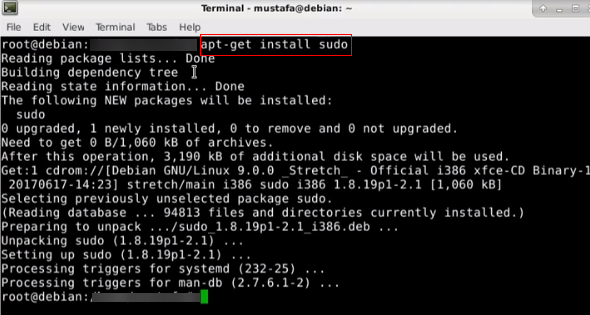

This resets most environment variables and is the cleanest and most secure method for switching to the root user. As the root user, you can install the sudo package with the privileges this account possesses, so its not subject to the Linux 'sudo command not found' error. Switching to the root user and (automatically) invoking a new login shell.Any environment variable not specified in a whitelist is not carried into your root session. There are two methods for switching to the root user: 5 Answers Sorted by: 6 Some distros, by default, reset your environment variables to ensure programs executed under root run as expected. Thereafter, you do not have to place 'sudo' in front of the commands that you execute. A potentially malicious user can cause a lot more damage compared to if you were logged in as a regular user.Īlternatively, if you are connected via SSH, you can switch from a regular user to the root user. Its because ifconfig is being deprecated in favor of the new ip command. By default execution of the su command no longer provides you with expected user environmental variables. The ifconfig package is not installed by default on Debian. Imagine forgetting to lock your computer while logged in as a root user. Starting with Debian 10 buster the way how the su command is used has been changed. Using the root user instead of the regular account with the sudo command brings additional security risks. This is the safest solution for working in Linux with root rights.

During this time you won't be prompted again for your password.
#DEBIAN 10 SUDO COMMAND NOT FOUND PASSWORD#
The password is remembered for 15 minutes. The root user’s password is then requested before the command is actually executed.


 0 kommentar(er)
0 kommentar(er)
